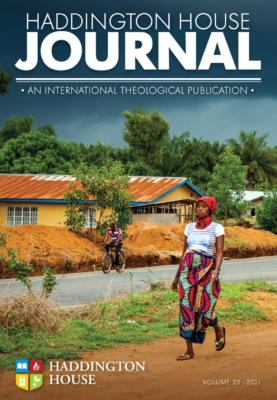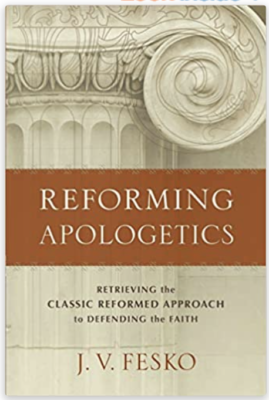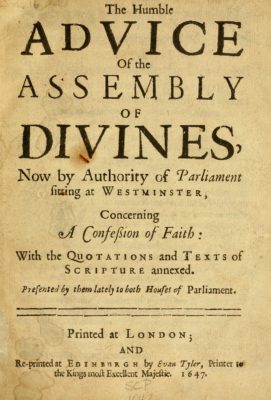A timely article by Nathan Tarr published in the 2021 Haddington House Journal.
Extracts:
The regularity with which abortion is given a place in our national conversation means that Christians are regularly required to articulate both what we believe, and why. Thankfully, we are not left without either biblical teaching or historical precedent as we cultivate a response that holistically addresses the exigencies of such a complex issue. In defining and defending Christian moral values, the early church drew on the biblical conviction that, from the moment of conception, unborn children are created by God in his image. This theological foundation calls the church, as an ethical corollary, to welcome the unborn as a neighbour, even preferring them above ourselves, rather than to destroy them as an enemy. Significantly, in contending for this culture of life, the mother is not asked to bear this cost alone. Rather, both mother and child are to be welcomed, served, and protected by the Christian community. Such service includes extending grace and forgiveness to facilitate healing and restore fellowship even after grievous sin….
The Christian rejection of abortion differed fundamentally from that of their pagan neighbors because they carried the personhood of the unborn child always in view. The grid of implications through which their culture considered the practice of abortion –– the power of the father, the population of the empire, or even the safety of the mother undergoing the procedure –– were, for believers, secondary considerations. The primary conviction motivating the Christian stand for life was that the unborn child was a human being, created by God, and therefore was included under the divine commands against murder and for the love of neighbour….
This balance of truth –– abortion is murder –– and love –– the blood of Jesus cleanses us from sin –– is captured in an ancient prayer that is still used today in the Eastern Orthodox church. It provides a good summary of the early church’s work to contend for the life both of the unborn and those who sin against them: “Lord our God…according to your great mercy, have mercy upon [name], who today is in sin, having fallen into voluntary or involuntary murder, and has aborted that conceived in her; and be gracious unto her willing and unwilling iniquities, and preserve her from every diabolical wile, cleanse her defilement and heal her suffering.”
The primary conviction motivating the Christian stand for life was that the unborn child was a human being, created by God, and therefore was included under the divine commands against murder and for the love of neighbour….

An article by Nathan Tarr published in the 2021 Haddington House Journal.




